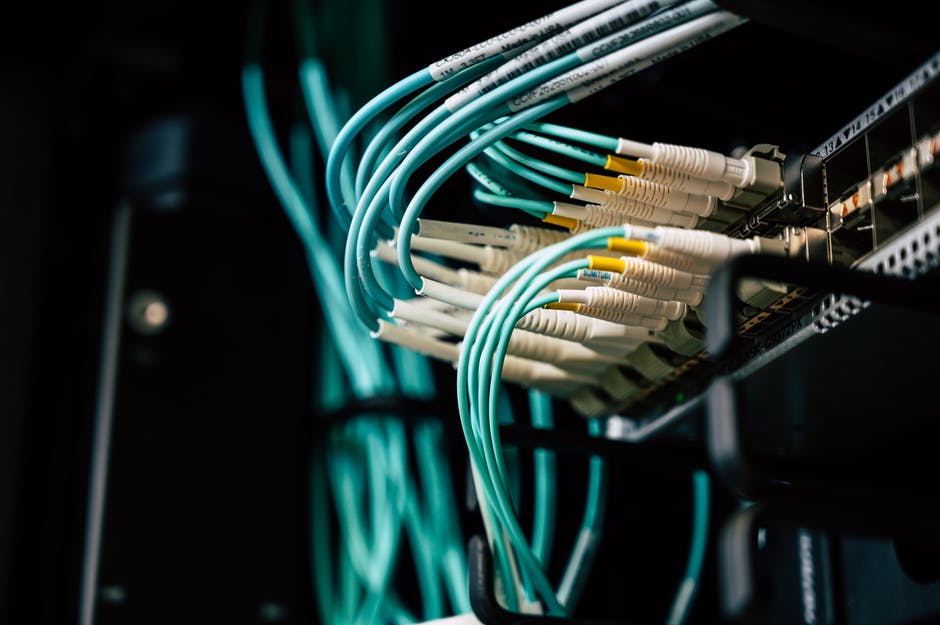Did you know that Ethernet was developed in the mid-1970s? While Ethernet cables have come a long way since their creation, there still isn’t an easy way to keep your cables neat and tidy.
Keep reading for three tips and tricks when it comes to network cable wiring.
1. Corral Your Cables
One of the most important reasons to keep your cables neat and tidy is to keep them out of the path of foot traffic. There’s nothing worse than rushing to a meeting and tripping over a pile of cables, potentially damaging the cables along the way! You also want to ensure that the cables are kept away from your stack as it can get very hot, which leads to cables needing to be replaced often.
A good rule of thumb is to keep your messy cables in cable trays that you can run overhead or mount to walls. When putting your cables in cable trays, you’ll need to leave a bit of slack on all the cables so that you don’t end up not being able to plug them in once everything is set up.
If your cables are disorganized and spread out everywhere, it can become a nightmare when trying to find out what cable goes where and what its use is. A technician might even struggle to manage the network-attached IT as the messy cables make their job much harder.
2. Groups of Cables Are Heavy
You might not consider the weight of cables when initially installing them, but they quickly add up to a hefty weight. So when putting your cables in cable trays, you need to decide how you will support the cables if they aren’t run along the floor or a raised walkway. If you want to mount the cables to keep them out of sight, you’ll need to consider how you’ll support their weight.
It’s also important to remember that newer cables tend to be heavier than old ones, so if you’re planning on replacing cables, you need to make sure your current setup will be able to support the added weight.
3. Label Everything
This is probably the most important tip to ensure your cables stay organized in the long run. If the cable you need to find isn’t labeled, you’ll just end up messing up your tidy cables trying to find the one you need. You can also try to color code your cables to differentiate certain cables from others.
Mapping out your cabling setup is also a good idea. Your map should be detailed enough that a new technician can decipher it without help from someone that has worked with the setup before. This will help in emergencies where technicians might be called in to re-cable your IT or run new cables.
Simply by mapping and labeling your cables, you’ll be able to save time and money. When it comes to technology, upgrading or replacing your servers, switches, and other equipment is inevitable, so you might as well take the time to get everything mapped out in the beginning.
Network Cable Wiring Made Easy
When it comes to cable management, you simply need to put in the effort to keep everything labeled and out of the way. By taking the time to do it correctly the first time, you’ll save yourself a ton of frustration along the way.
Feel free to contact us with any network cable wiring questions you might have!

